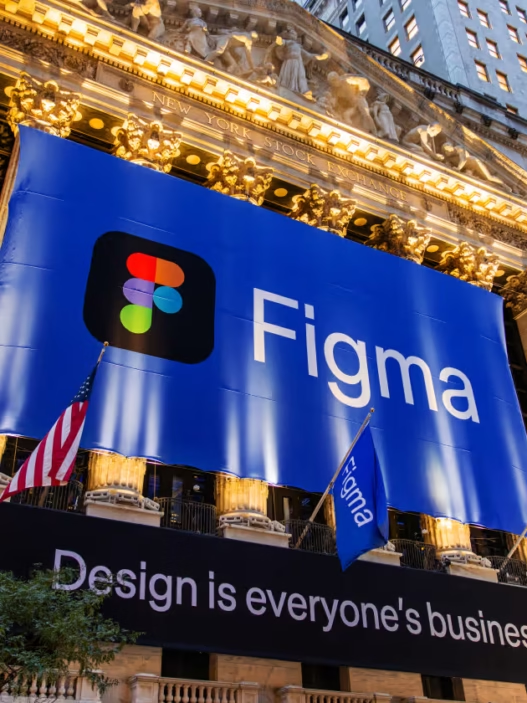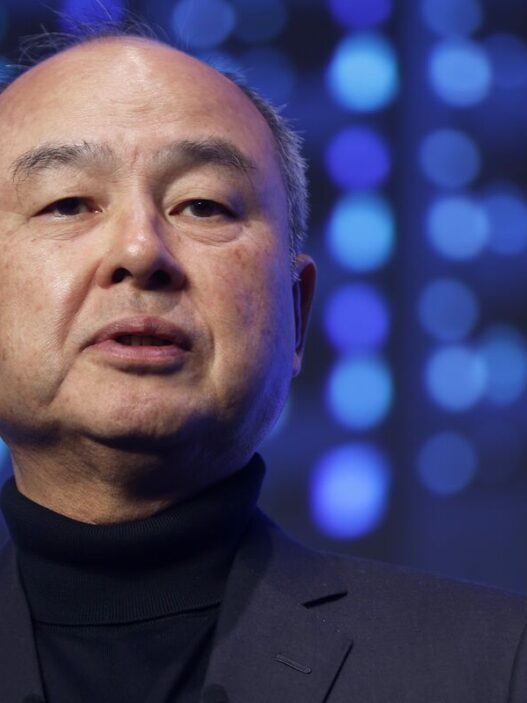China’s technology giant Xiaomi Corp. — once hailed as the “Apple of the East” — is facing a sharp reversal in investor sentiment. According to a recent report by Goldman Sachs, shorting Xiaomi has become a consensus trade among global hedge funds, signaling mounting skepticism about the company’s lofty valuation, profitability trajectory, and exposure to China’s slowing economy.
After a strong 2024 rally fueled by optimism around its electric vehicle (EV) debut and AI-driven ecosystem expansion, Xiaomi’s stock has come under renewed pressure in 2025. The company’s high expectations and limited earnings visibility have prompted a wave of hedge fund short positions, particularly from funds wary of a broader pullback in Chinese tech equities.
From Market Darling to Short-Seller Target
Over the past year, Xiaomi’s stock surged nearly 70%, propelled by its ambitious entry into the electric vehicle marketwith the SU7 sedan, strong smartphone recovery, and continued dominance in the smart home ecosystem. But the enthusiasm has cooled.
Goldman Sachs’ latest prime brokerage data indicates that short interest in Xiaomi shares has climbed to its highest level since 2021, placing it among the most heavily shorted technology names in Hong Kong. The report suggests that hedge funds view the company as “overextended” after its steep valuation rebound and as particularly vulnerable to macroeconomic headwinds and rising competition.
“Xiaomi’s share price has outperformed fundamentals,” Goldman analysts wrote. “While long-term prospects remain strong, we’re seeing hedge funds increasingly position for a correction driven by margin compression, execution risks in its EV business, and weaker consumer demand in China.”
The EV Dream Faces Reality Check
Much of Xiaomi’s recent market hype centered on its bold foray into electric vehicles, a sector dominated by giants like BYD, NIO, and Tesla. The launch of the Xiaomi SU7, the company’s first EV model, was hailed as a major milestone, with impressive pre-order numbers and sleek design drawing global attention.
Yet analysts now caution that Xiaomi may be overpromising in an industry notorious for its capital intensity and thin margins. Building and scaling automotive production requires far more investment than consumer electronics, and profitability timelines can stretch for years.
“Investors are realizing that making smartphones and making cars are entirely different games,” said Adrian Cheng, an independent auto analyst based in Hong Kong. “The EV business could weigh on Xiaomi’s margins before it ever boosts them.”
Even with solid early sales, the company’s auto division remains loss-making, and competition in China’s EV space has intensified to cutthroat levels. Xiaomi faces not only established domestic players but also a wave of new entrants, many backed by state support.
Smartphone Market Stagnation and Profit Pressures
Beyond EVs, Xiaomi’s core smartphone business continues to struggle under pricing pressure and sluggish global demand. Although the company regained market share in key emerging economies like India and Indonesia, margins have thinned considerably as competition from Transsion, Honor, and Samsung heats up.
According to Canalys data, Xiaomi’s global smartphone shipments rose 8% in Q3 2025, but average selling prices (ASPs) declined, signaling weaker profitability. Meanwhile, the firm’s efforts to push into the premium smartphone segment — an area long dominated by Apple and Samsung — have yet to deliver consistent results.
Goldman analysts noted that Xiaomi’s operating margin has remained below 6%, despite diversification efforts. Rising R&D and marketing costs tied to its EV ambitions could erode those margins further in the coming quarters.
“Xiaomi’s story has evolved, but the earnings haven’t caught up,” said a hedge fund manager in London. “They’re chasing too many sectors at once — and the market is starting to price that in.”
Macroeconomic and Geopolitical Headwinds
Compounding Xiaomi’s challenges is the weak consumer environment in China, where sluggish household spending and youth unemployment continue to weigh on demand for non-essential electronics. The broader Chinese tech sector remains under pressure from regulatory uncertainty, limited access to U.S. semiconductor technology, and tepid investor confidence.
In addition, Hong Kong’s equity markets have seen substantial outflows as global investors reduce exposure to Chinese assets amid concerns about growth and capital flight. Short interest in major tech names — from Alibaba and Meituan to Xiaomi — has surged in response.
“The market has shifted from optimism to realism,” said Goldman’s regional equity strategist Rachel Lin. “Investors are demanding proof of sustainable earnings, not just growth stories.”
Xiaomi’s Countermove: Innovation and Ecosystem Expansion
Despite the growing bearish sentiment, Xiaomi remains undeterred in its push to position itself as a global innovation leader. The company continues to invest heavily in AI integration, smart homes, wearables, and connected devices, building what it calls a “Human x Car x Home” ecosystem.
In September, Xiaomi announced a new generation of AIoT (Artificial Intelligence of Things) products and advanced chip collaborations designed to reduce reliance on foreign suppliers. The company also plans to expand its R&D spending by 20% in 2025, signaling confidence in its long-term vision.
“We are not defined by market fluctuations,” Xiaomi CEO Lei Jun said in a recent company meeting. “We’re building an ecosystem that connects people’s lives — from their homes to their mobility.”
However, investors are questioning how long the company can sustain such high spending without clear profit acceleration.
Hedge Funds Eye Valuation Disconnect
For hedge funds, Xiaomi’s current valuation appears stretched relative to its near-term earnings potential. The company trades at approximately 28 times forward earnings, compared to an average of 18x for other Chinese hardware peers.
Goldman’s data reveals that many macro and event-driven funds have established pair trades — going long on more profitable tech names such as Tencent or Huawei-related suppliers while shorting Xiaomi to hedge against broader sector volatility.
“This isn’t a company in crisis,” said one New York-based fund manager. “It’s just priced for perfection at a time when perfection is very hard to deliver.”
The Road Ahead: Can Xiaomi Prove the Shorts Wrong?
While hedge funds are betting against Xiaomi, the company’s leadership believes it can defy bearish expectations — much as it did in 2023 when sentiment was equally pessimistic. Xiaomi’s ability to innovate rapidly, maintain consumer loyalty, and expand its hardware ecosystem could yet surprise skeptics.
Still, the near-term outlook remains challenging. To sustain its rally, Xiaomi will need to demonstrate clear profitability in its EV division, stabilize smartphone margins, and reassure investors about regulatory risks.
“If Xiaomi can show progress on EV production efficiency and gross margins, shorts could be forced to unwind quickly,” said Goldman’s report. “But that’s a big if.”
Conclusion: Innovation Meets Investor Reality
As Xiaomi straddles the crossroads between hardware innovation and market skepticism, the clash between long-term vision and short-term valuation is becoming more pronounced. Hedge funds, led by the data and sentiment indicators flagged by Goldman Sachs, see an opportunity to profit from that disconnect.
Yet, Xiaomi’s history shows a pattern of resilience — turning adversity into momentum through bold product pivots and global expansion. Whether that resilience can withstand this new wave of institutional bearishness will define its next chapter.
For now, Xiaomi’s future sits in a delicate balance: a symbol of China’s tech ingenuity — and a test case for how far innovation can carry a company when markets start to bet against it.




















